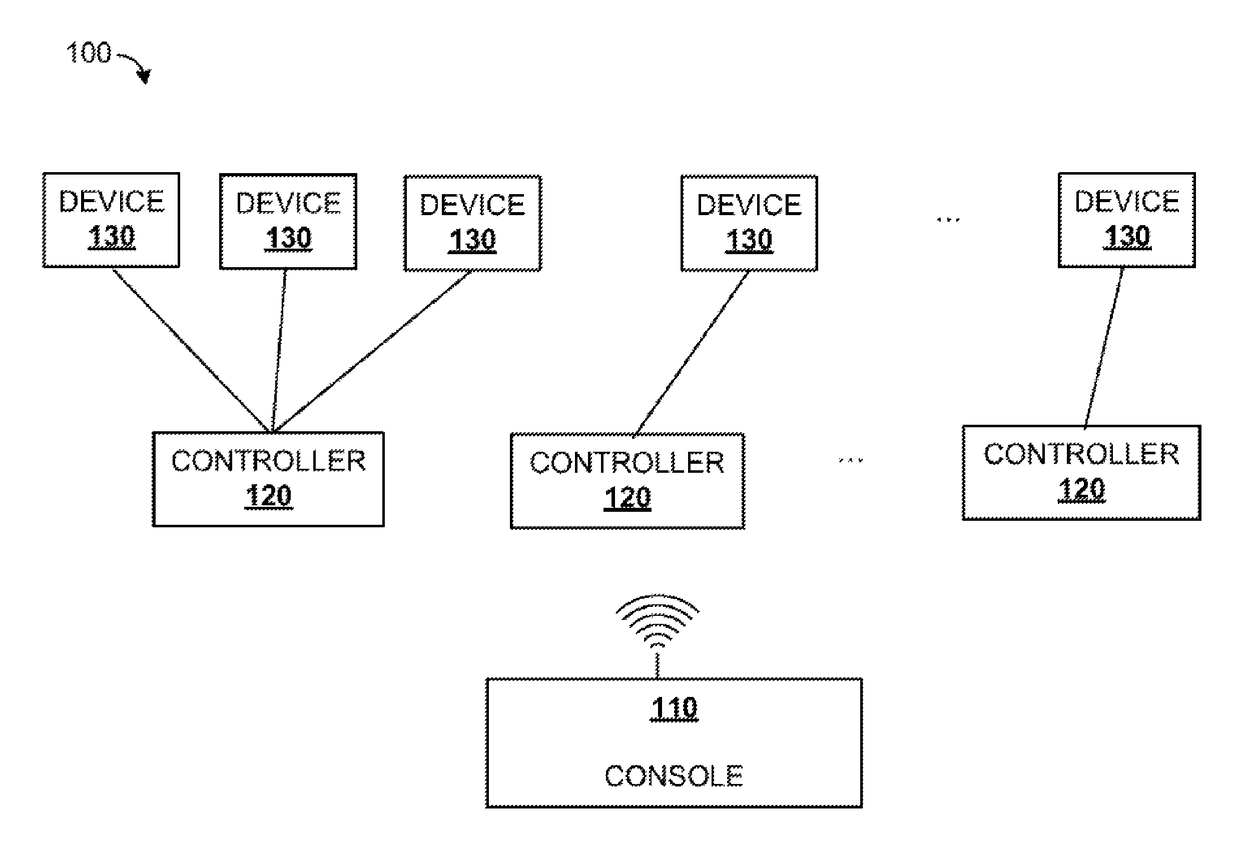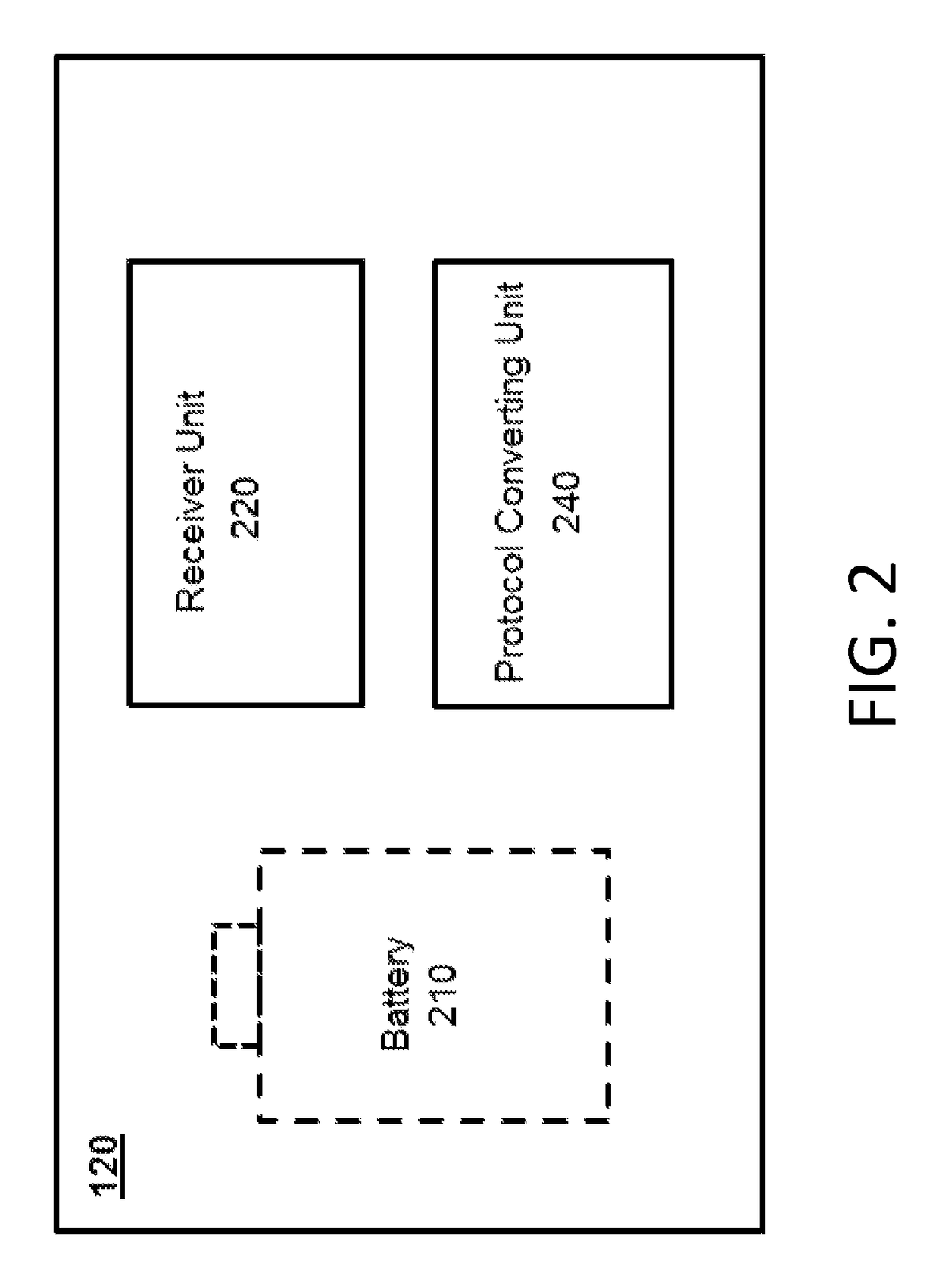Method and device capable of unique pattern control of pixel LEDs via smaller number of DMX control channels
a technology of pixel leds and control channels, applied in the field of theatrical effects devices, can solve the problems of large system resources, large and complex pattern displays may utilize thousands of pixels, and the dmx control structure yields very little display area, so as to facilitate the introduction of pixel control and sophisticated pixel pattern generation without a costly dmx controller upgrad
- Summary
- Abstract
- Description
- Claims
- Application Information
AI Technical Summary
Benefits of technology
Problems solved by technology
Method used
Image
Examples
example 1
rquee
[0120]The described marquee effect can be flawlessly and identically recreated using a Custom Pixel Profile with a Keyframe Length of 3 pixels, which is just 9 DMX control channels. This short keyframe can be located anywhere within a universe of 512 channels. No channel offset is required for this effect. The Forward Keyframe Copy algorithm takes care of the rest.
[0121]There is no longer a limit of 80 lamps in the marquee. With no changes to the Custom Pixel Profile or the data generated by the DMX console, the number of lamps is limited only by the addressing limits of the hardware pixel driver. This makes it much easier to change the size of the set, the pixel density of the string, and more, with little or no impact on the Custom Pixel Profile setup, and no impact at all on DMX effect programming in the DMX console.
example 2
al Patterns Around a Procenium
[0122]A great looking effect with lots of creative flexibility is easily achieved using one DMX universe—170 pixels—as the keyframe. This is less than ⅙th of the channels needed to control 1000 pixels using traditional 1-to-1 channel mapping.
[0123]The lighting designer may choose to use a Group Size of 3 to display the keyframe over one side of the proscenium without pattern replication, or use any of the available Replication Algorithms to bounce and reflect the programmed pattern past the 170th pixel.
[0124]Identical configuration of a Custom Pixel Profile driver for pixels on the second half (the other side) of the proscenium will mirror the appearance of the first half, consuming no additional control channels and delivering an attractive symmetrical look.
[0125]There is no longer a limit of 500 pixels per side. Additional Custom Pixel Profile processors and hardware drivers can be added to utilize the same keyframe data with more pixel strings to inc...
PUM
 Login to View More
Login to View More Abstract
Description
Claims
Application Information
 Login to View More
Login to View More - R&D
- Intellectual Property
- Life Sciences
- Materials
- Tech Scout
- Unparalleled Data Quality
- Higher Quality Content
- 60% Fewer Hallucinations
Browse by: Latest US Patents, China's latest patents, Technical Efficacy Thesaurus, Application Domain, Technology Topic, Popular Technical Reports.
© 2025 PatSnap. All rights reserved.Legal|Privacy policy|Modern Slavery Act Transparency Statement|Sitemap|About US| Contact US: help@patsnap.com



